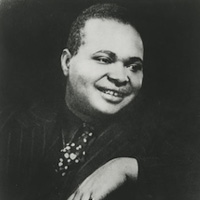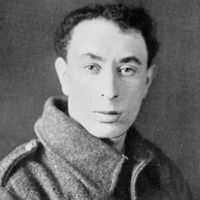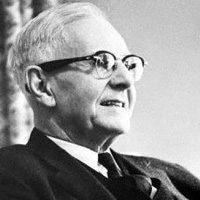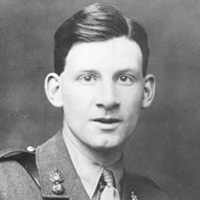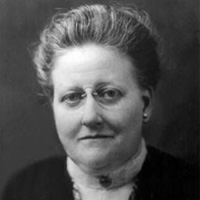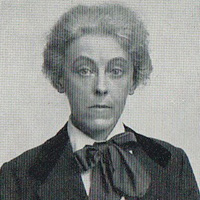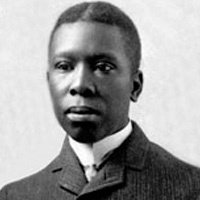Heritage by Countee Cullen: Summary and Analysis
Heritage by Countee Cullen was first collected in his first volume of poems Color which is regarded as the landmark for the Harlem Renaissance. This famous poem is also considered as the Black Waste Land because it is also about the confusion of the identity that Eliot, in his The Waste Land had dealt with modern people who, despite being aware of his own rich root are wandering around in the barren and conformist culture.
